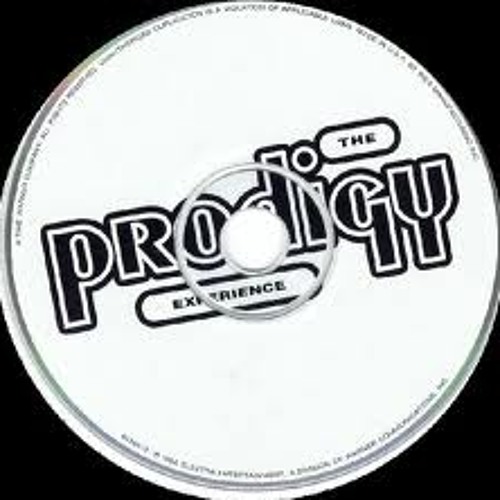

Now working in a big studio, a massive differentiating factor for the band was that they could make use of the ambience of the studio space. Because I knew the opposite direction was something they wouldn’t like.” “I tried to push everything into the red and keep it musical, as much as I could. I was in the same place, dealing with a band where I’ve got to pull that sound out, so I drove everything hard,” says Mclellan. So you go into this place where it’s a bit like when The Beatles decide to overdrive everything at Abbey Road. “From where I was looking at it, if I made it ‘correct’ for the day, it would be too soft for Liam, Keith and Maxim. In The Red Voodoo People: (L-R) Leeroy Thornhill, Liam Howlett, Keith Flint and Maxim (Credit: Mick Hutson/Getty Images) In the end, five songs from Jilted were mixed at the Strongroom, including Voodoo People and No Good (Start The Dance). “From my perspective, it was about maintaining the raw energy of the demo with a band that was totally sceptical about walking into a big studio.”
#THE PRODIGY EXPERIENCE ALBUM PROFESSIONAL#
The fact that no other band of their ilk was working in professional studios, meant that doing so could give them an advantage.īut now the band had decided to enter the studio, London’s famous Strongroom Studios, Mclellan had to give them the sound they wanted. For other acts at the time, the norm was to mix tracks at home, often in less-than-ideal listening environments, then put the mixes onto DATs and send them for mastering. “So we went straight into a big room where we could hear all the frequencies and really get that going,” recounts Mclellan. When it came to the singles, both Mclellan and Daniel Miller, the chief of Mute Records – the band’s label in the US – demanded they enter the studio. It wasn’t just Mclellan pushing for studio time, though. The band felt it was “too soft”, he says. As far as he was concerned, “nothing he did in the big studio came out sound like it did at home”, recalls Mclellan. However, according to Mclellan, convincing Howlett, the band’s driving force and production talent, to set foot in a professional studio was quite a challenge. We decided, at least on the singles, to go and spend the money going into a big room and make them fat as fuck.” Studio Upgrades

But we couldn’t get any more out of it at Liam’s place. All of the different instruments and device outputs were brought together using a stalwart Mackie 3282 32-channel mixing desk. It’s not like at the time you’re thinking, ‘I’m going to make something different.’ You’re just thinking, ‘I’ve got to get the job done and will this do it?’ Then years later, everyone says that it’s got a sound,” states Mclellan, incredulously.Īpart from the array of compressors, the mixing setup was relatively modest. Mclellan used 16 dbx 160XT compressor/limiters during the sessions at Earthbound. “I can honestly say I don’t think I’ve ever used that many dbx 160XTs ever since, because I suddenly became well known and I generally got better budgets. I needed something fast that was going to squash everything and be within budget. If I could have afforded to have 16 UREI 1176s, I might have done that, but they’re not fast enough. FX Rentals had a shit-tonne of them and they gave me a deal. I had to get at least 16 compressor chains going. “Why did I hire dbx 160XTs for all the programming at Liam’s house? Because it was the cheapest compressor on the list. For the Earthbound sessions, Mclellan chose to rent dbx 160XTs. Part of that was a dedication to using a lot of compression and using sidechaining to make sure that the mixes could breathe. Between Howlett’s production prowess and Mclellan’s mixing abilities, the pair were able to create mixes at Earthbound that were a high enough standard to match up against other acts of the day. If you wanted to sample something like a kick drum, you’d put the sample rate down to 15kHz, because it would give you more sampling time,” explains Mclellan.Īs well as all the samples being triggered by the sequencer, external instruments were also connected, including a Roland TR-909 drum machine. “All of this was with 1MB of sampling memory. (Credit: Juan Patino, courtesy Universal Audio) Neil Mclellan, long-time engineer to The Prodigy and co-producer on Jilted.


 0 kommentar(er)
0 kommentar(er)
